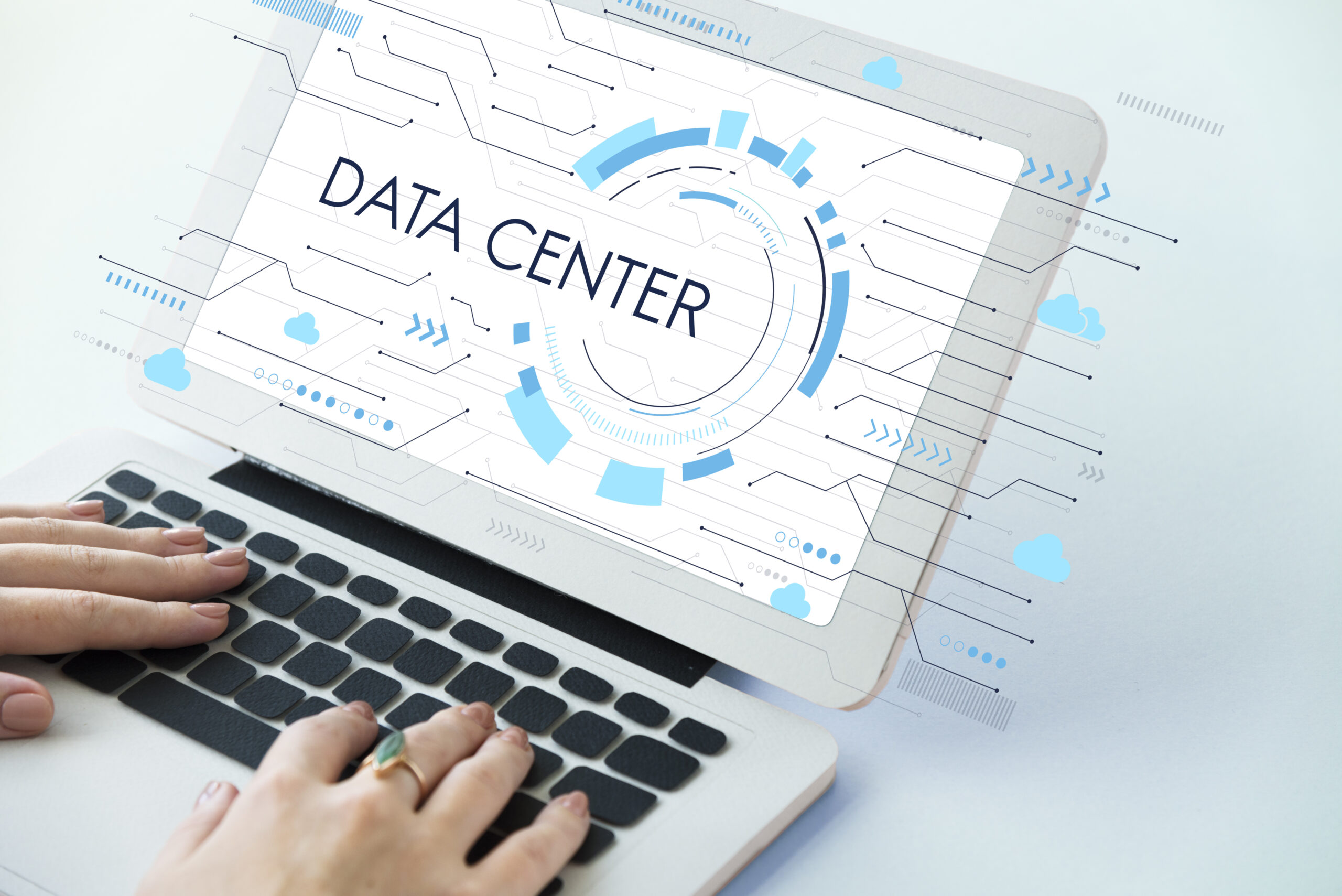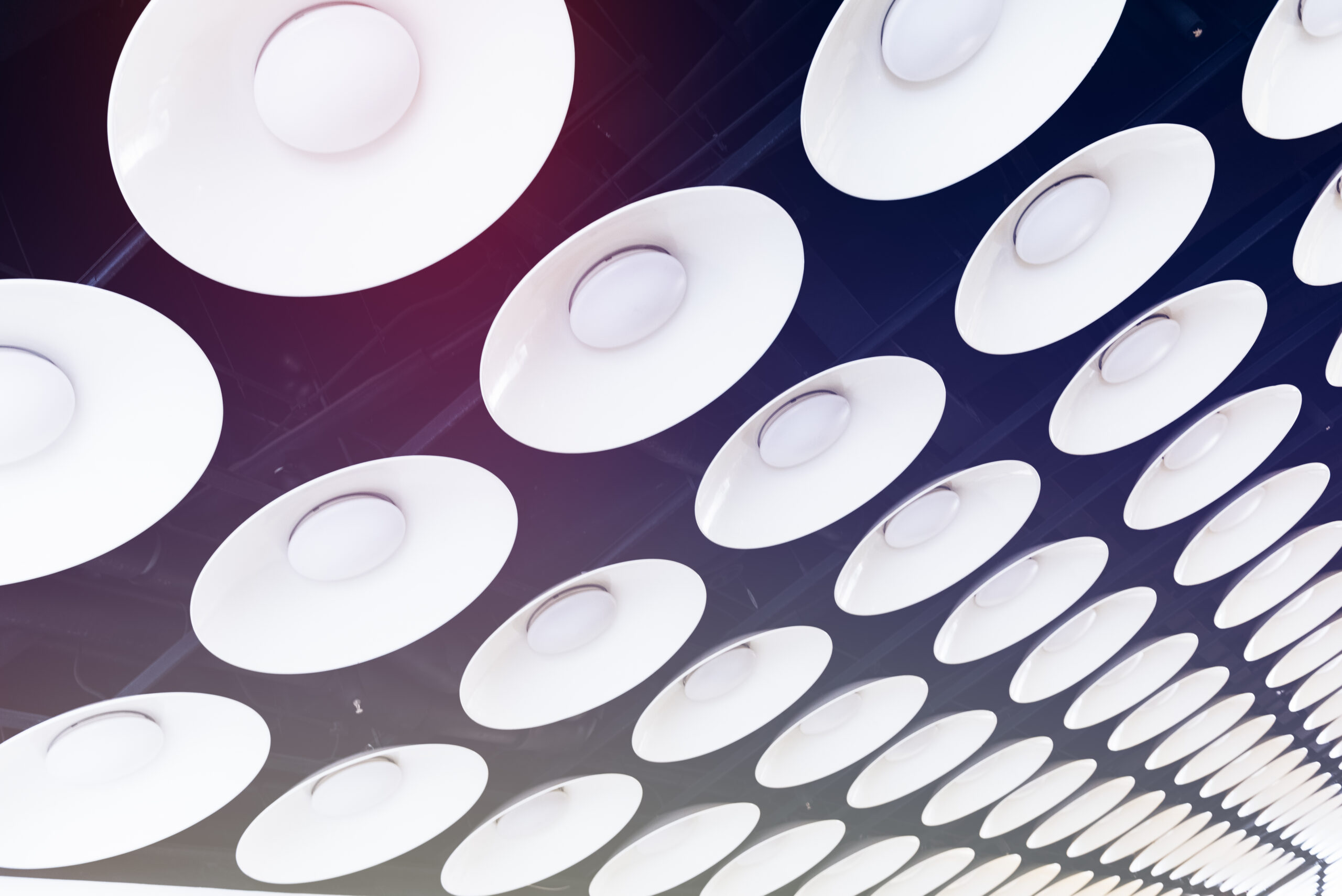
From Data Collection to Action: Lighting as a Lever for Efficiency and Safety
Industrial digitalization is not just about advanced robotics or dedicated sensors: even the most traditional infrastructure, such as lighting, can become a tool for data collection and process optimization. Thanks to the integration of IoT modules within luminaires, every light point can act as a sensor node capable of monitoring microclimate, presence, air quality, vibrations, and energy consumption.
Light as smart infrastructure
Every smart luminaire becomes an observation point, collecting information and transmitting it to a centralized platform capable of providing reports, alerts, or automated actions. This approach enables real control over plant efficiency and workplace safety, without the need for separate devices.
Tangible benefits for the company
Data collected from smart lighting systems enables concrete advantages:
- Cutting lighting hours in non-operational areas
- Adjusting light intensity based on space occupancy
- Detecting environmental anomalies or faults in advance
Facilities that have adopted these technologies report remarkable results: energy consumption reduced by more than 80%, operating hours down by up to 35%, and predictive maintenance that reduces downtime and operational costs.
Impact on safety and operational management
Beyond energy savings, widespread data collection improves safety in production environments. Continuous monitoring of temperature and air quality can prevent risky situations, while motion sensors ensure lighting is always available in critical areas. Energy and HSE managers can intervene promptly, making decisions based on reliable information. In summary, lighting is no longer a simple fixed cost—it becomes a strategic asset capable of turning data into real value, improving production continuity while increasing efficiency and sustainability.







